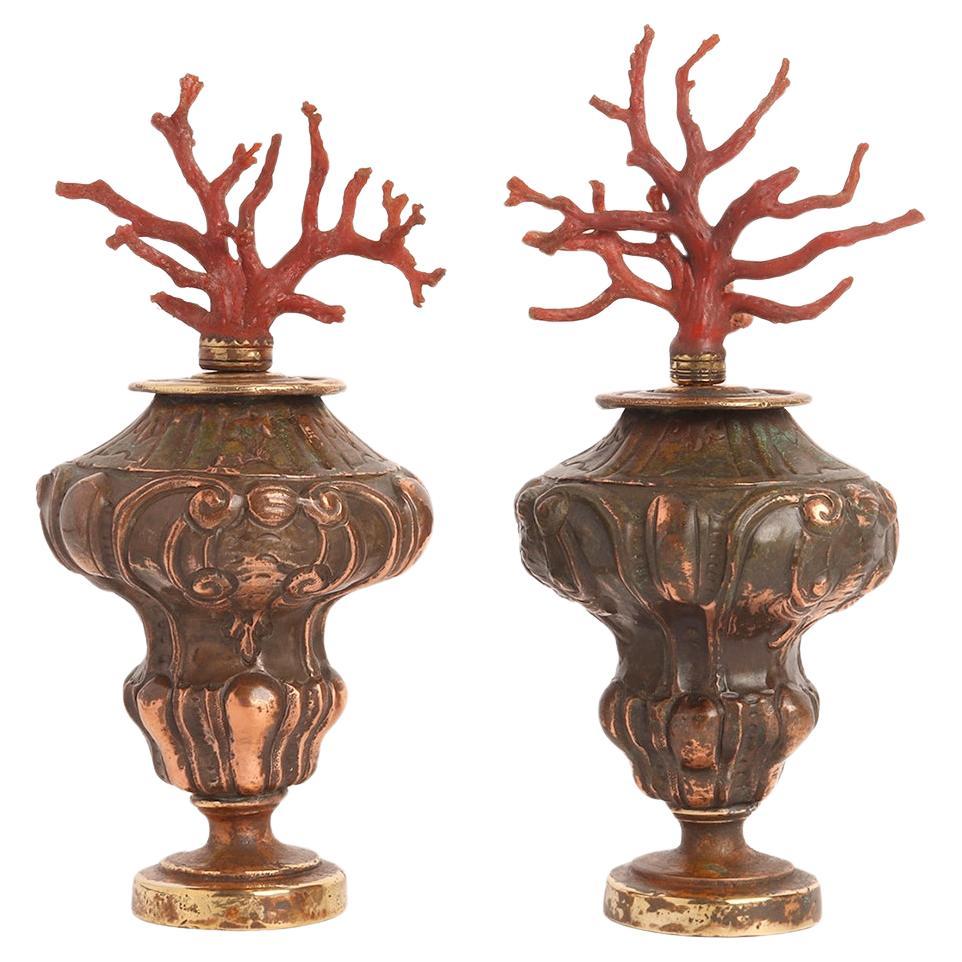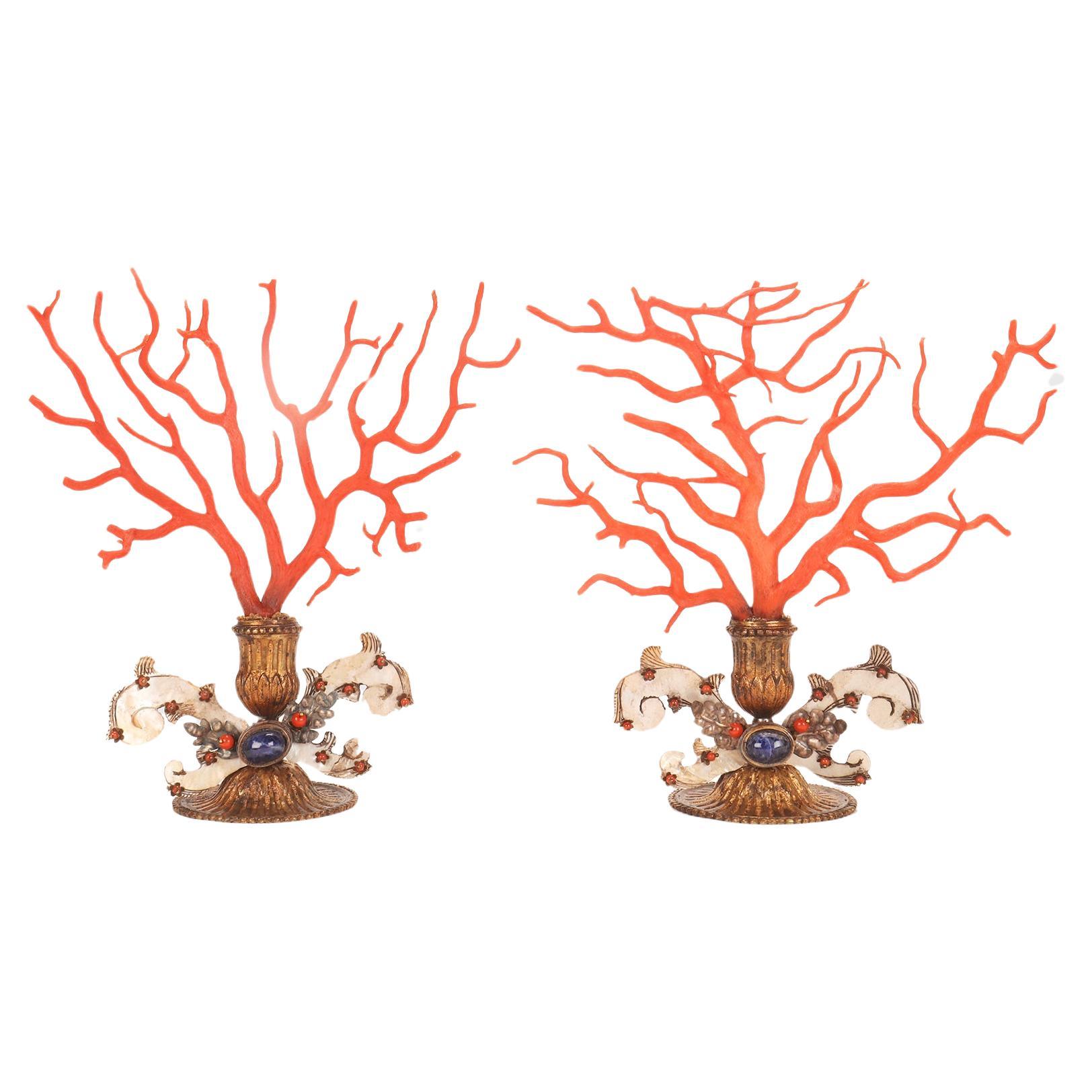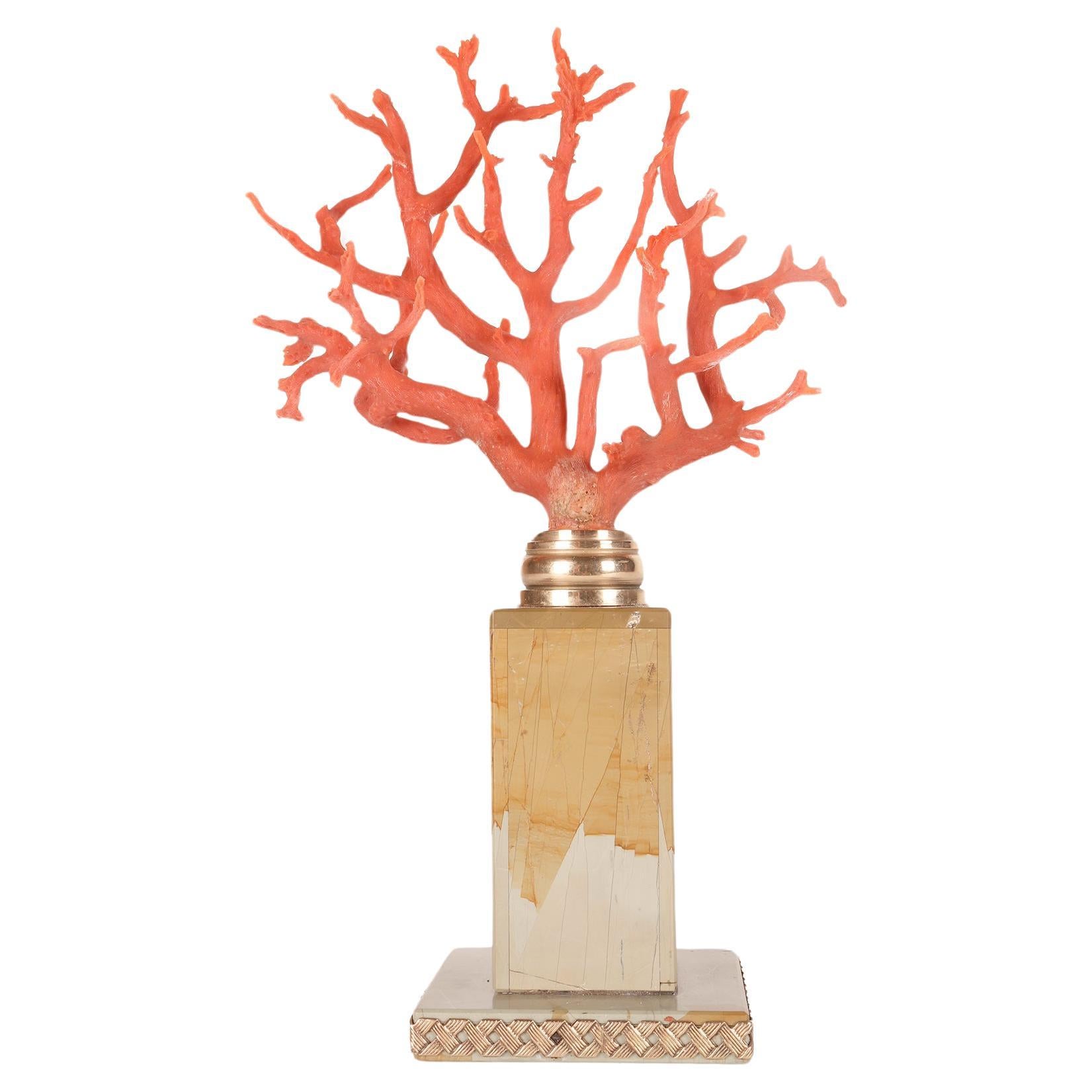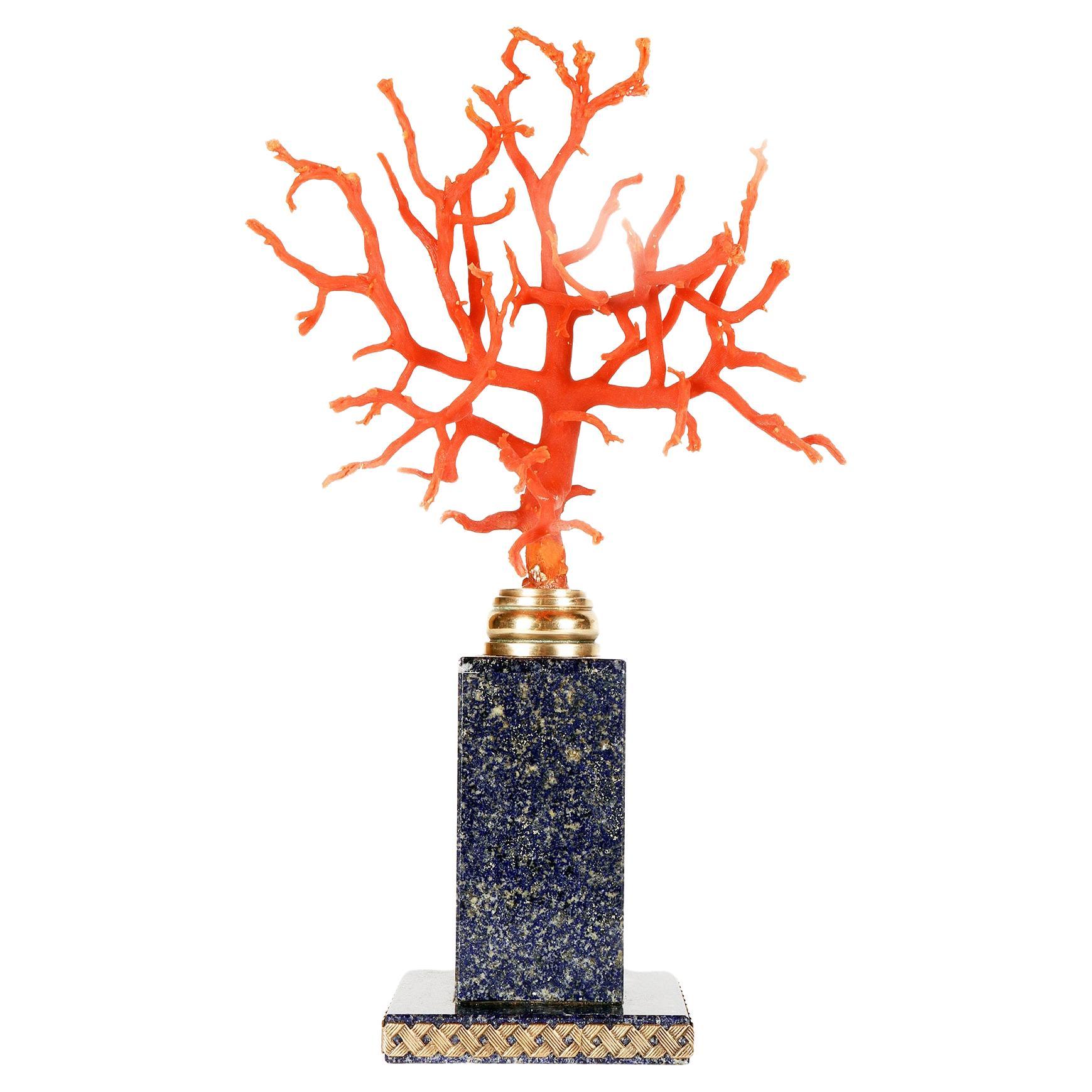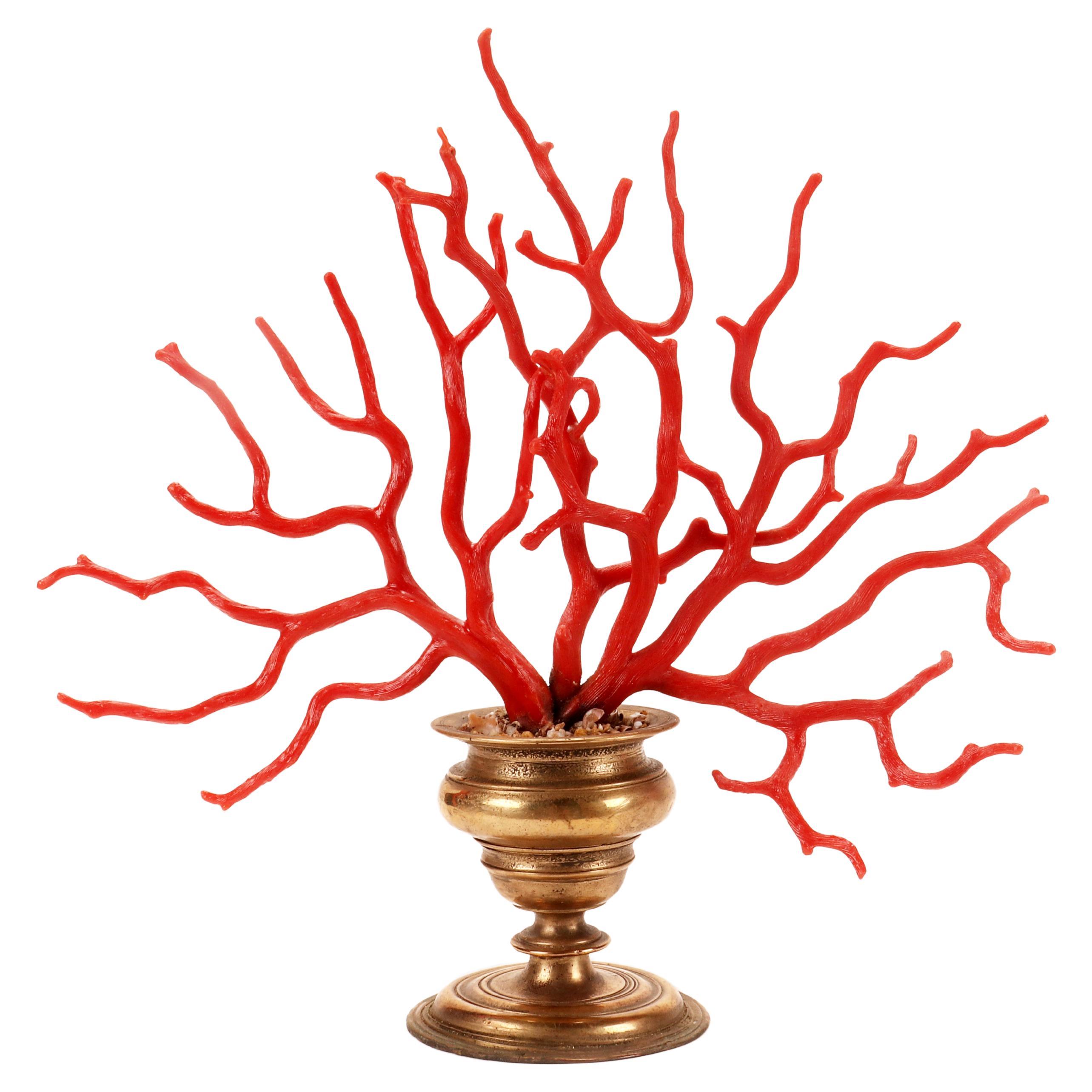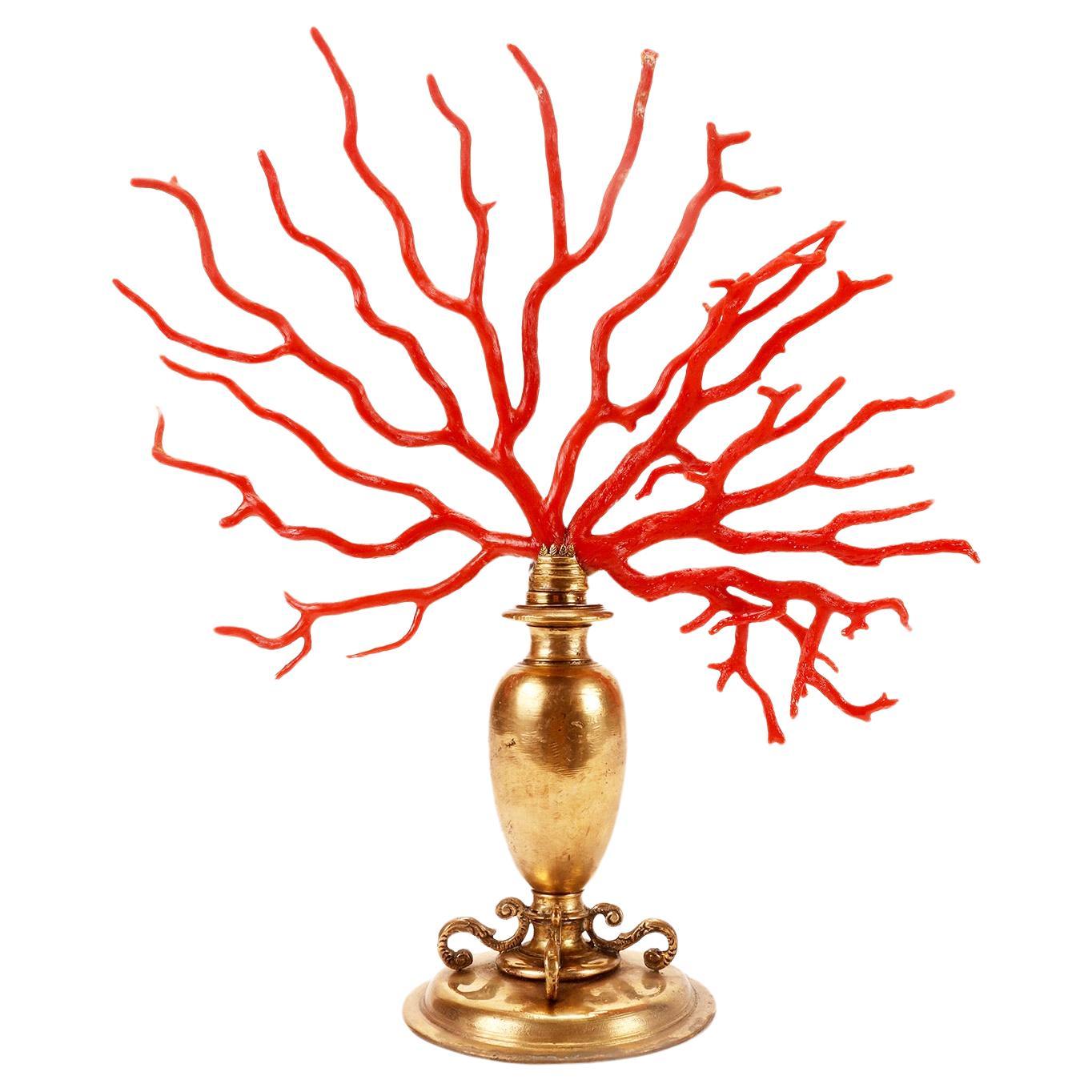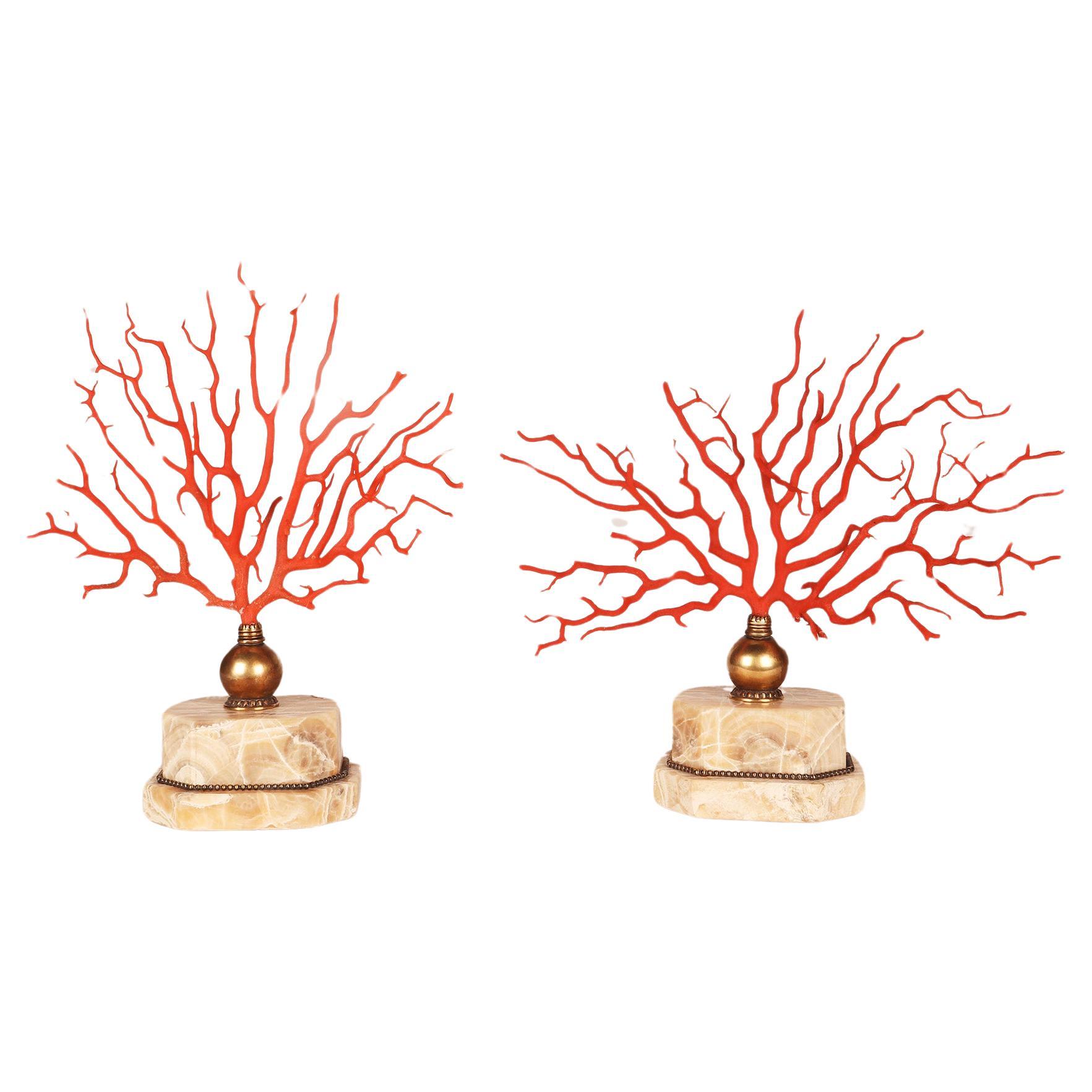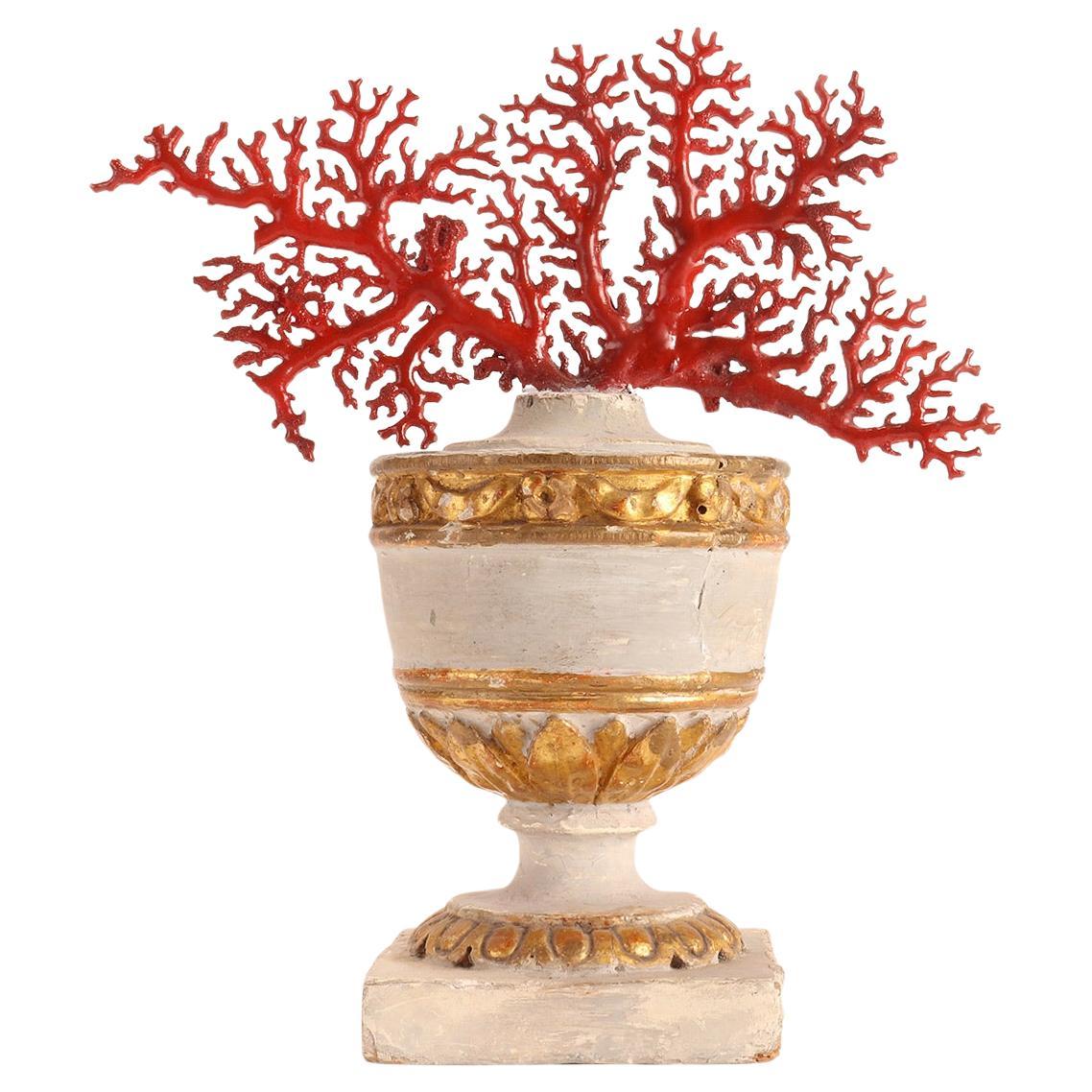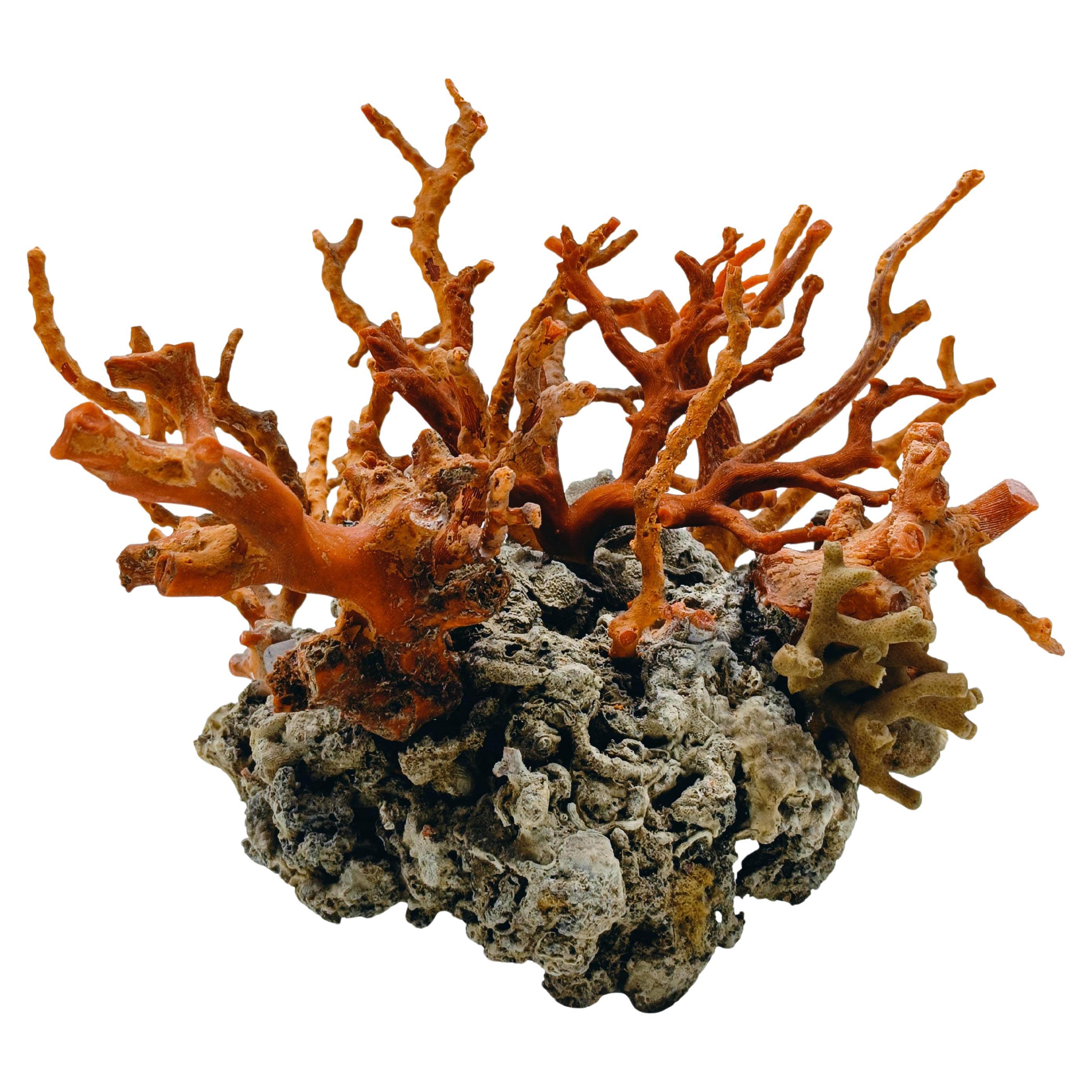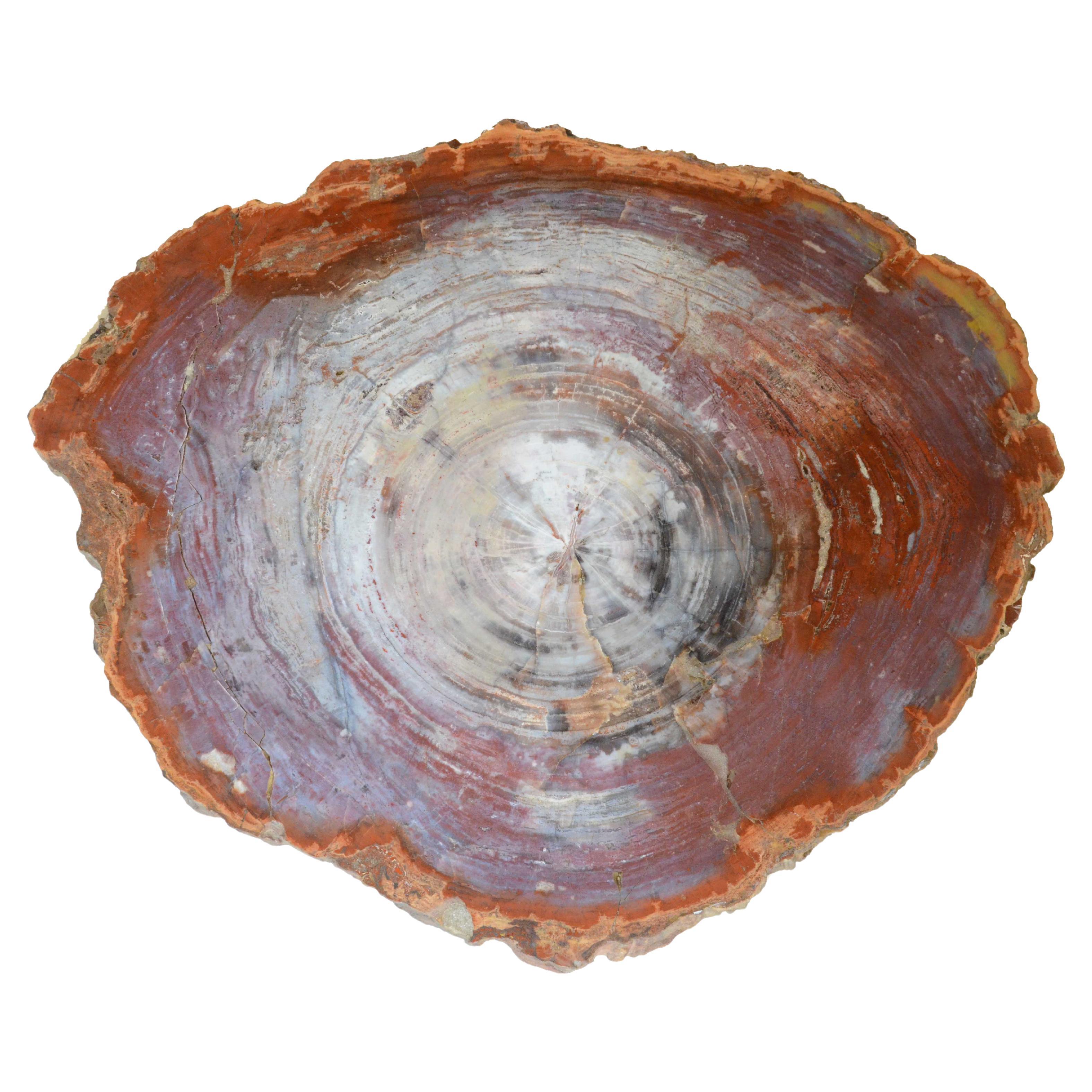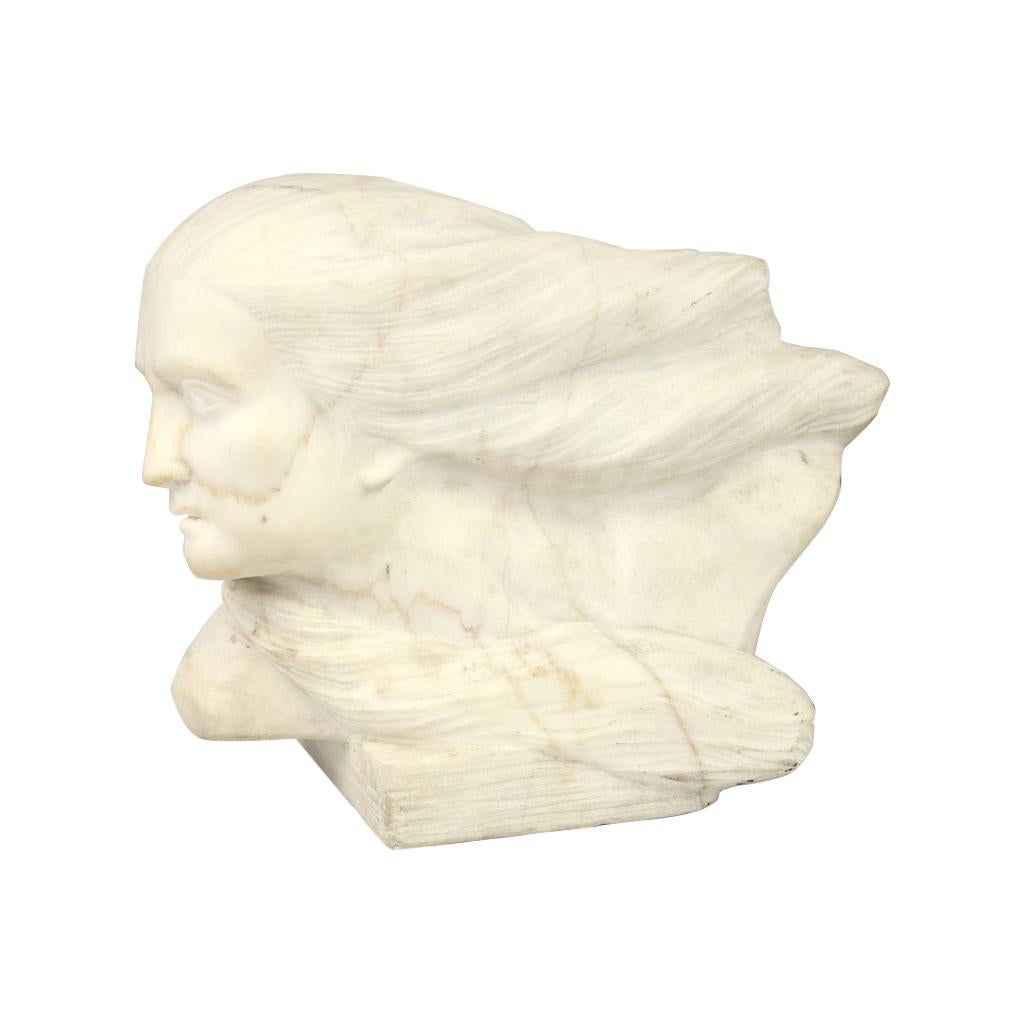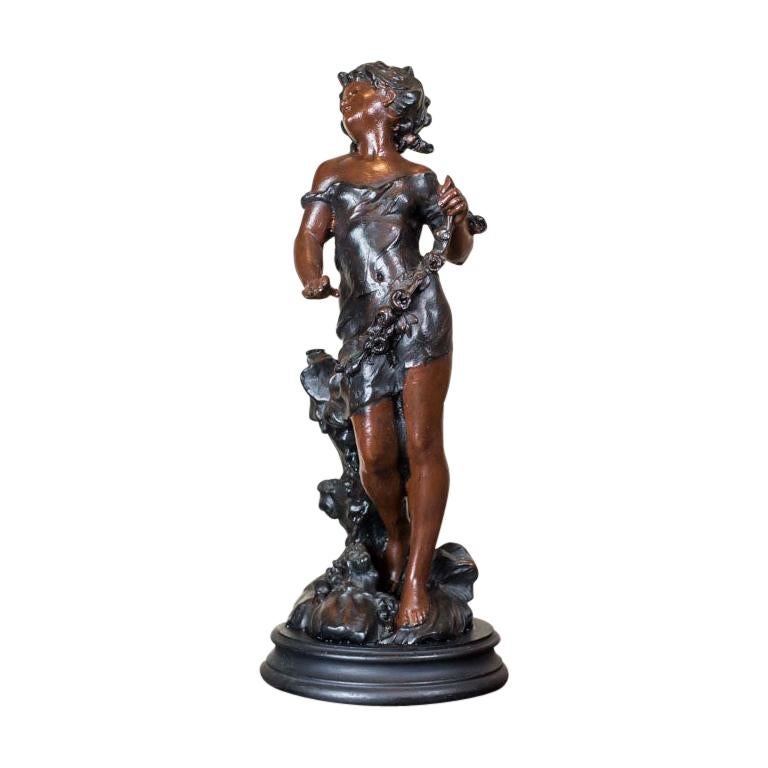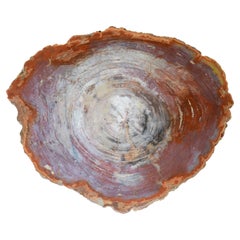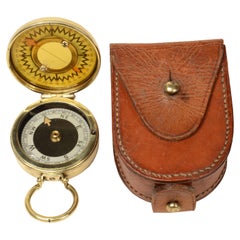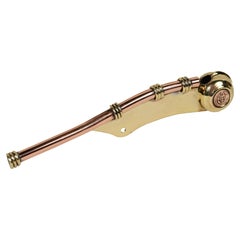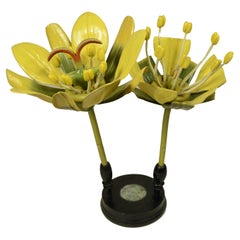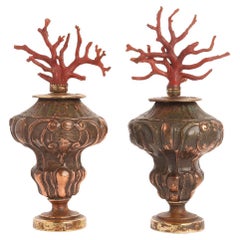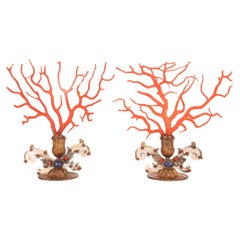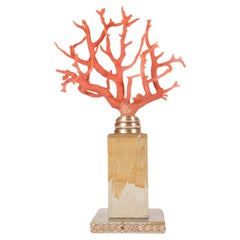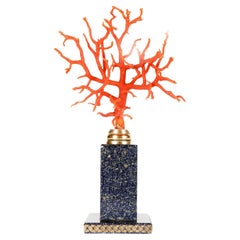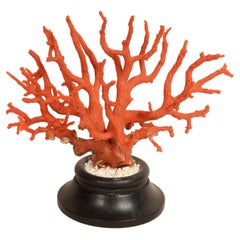
Mediterranean red coral branch dating back to the 1920s
View Similar Items
Want more images or videos?
Request additional images or videos from the seller
1 of 13
Mediterranean red coral branch dating back to the 1920s
$4,464.31List Price
About the Item
About the Seller
5.0
Vetted Professional Seller
Every seller passes strict standards for authenticity and reliability
Established in 1999
1stDibs seller since 2014
398 sales on 1stDibs
Typical response time: 1 hour
Authenticity Guarantee
In the unlikely event there’s an issue with an item’s authenticity, contact us within 1 year for a full refund. DetailsMoney-Back Guarantee
If your item is not as described, is damaged in transit, or does not arrive, contact us within 7 days for a full refund. Details24-Hour Cancellation
You have a 24-hour grace period in which to reconsider your purchase, with no questions asked.Vetted Professional Sellers
Our world-class sellers must adhere to strict standards for service and quality, maintaining the integrity of our listings.Price-Match Guarantee
If you find that a seller listed the same item for a lower price elsewhere, we’ll match it.Trusted Global Delivery
Our best-in-class carrier network provides specialized shipping options worldwide, including custom delivery.More From This Seller
View AllSlice of wood from Arizona's Petrified Forest and dating back to the Triassic period
Located in Milan, IT
Slice of wood from Arizona's Petrified Forest dating back to the Triassic period. It is a trunk slice complete with bark of the conifer Araucarioxylon Arizonicum an extinct species a...
Category
Vintage 1960s Natural Specimens
Materials
Wood
The Magnapole 1920s brass nautical travel surveying compass
Located in Milan, IT
Brass travel nautical surveying compass circa 1920, complete with original leather case, signed The Magnapole Patent 22598.
Small compass used away from magnetic fields to verify the...
Category
Vintage 1920s Nautical Objects
Materials
Brass
Boatswain's whistle in brass and copper English manufacture of the 1920s
Located in Milan, IT
Boatswain's whistle made of brass and copper English manufacture of the 1920s, on the sides anchor. Length 13.x2.5x1.8 cm - inches 5.3x0.8x0.7. Good condition.
This type of whistle i...
Category
Vintage 1920s Nautical Objects
Materials
Brass
Double botanical model of the flower of the Field Maple Robert Brendel late 19th century
Located in Milan, IT
Double botanical model of the flower of the Field Maple made in Germany around the end of the 19th century by Robert Brendel (1821-1898). The flower is made of wood and papier mache ...
Category
Antique Late 19th Century Natural Specimens
Materials
Wood
Original botanical model of the Tulip flower Robert Brendel late 19th century
Located in Milan, IT
Original Brendel botanical model of the Tulip flower made in Germany around the end of the 19th century by Robert Brendel (1821-1898). The flower is made of wood and papier mache and...
Category
Antique Late 19th Century Natural Specimens
Materials
Wood
Double botanical model of the Rosa Canina flower Robert Brendel late 19th century.
Located in Milan, IT
Double botanical model of the Rosa Canina flower made around the end of the 19th century by Robert Brendel (1821-1898). The flower is made of wood and papier mache and each one break...
Category
Antique Late 19th Century Natural Specimens
Materials
Wood
You May Also Like
A pair of Mediterranean red coral branches, copper bases, Italy 1870s.
Located in Milan, IT
A specimen of Naturalia: a pair of Mediterranean red coral branches (Coralium Rubrum), mounted on vase-shaped embossed copper bases. Italy circa 1870.
Category
Antique Late 19th Century Italian Natural Specimens
Materials
Coral, Copper
A pair of branches of Mediterranean red coral (Corallium Rubrum), Sicily 1790
Located in Milan, IT
Pair of large branches of Mediterranean red coral (Corallium Rubrum). Gilt bronze bases with phytomorphic calyx stem. Connection with an oval element in Lapis Lazuli and two spirals ...
Category
Antique 1790s Italian Natural Specimens
Materials
Lapis Lazuli, Bronze
A branch of Mediterranean red coral on a Paesina stone base, Italy 1880s.
Located in Milan, IT
Branch of Mediterranean red coral (Corallium Rubrum), mounted on a square-shaped Paesina stone base, with a central body in the shape of a parallelepiped with a bronze profile intert...
Category
Antique Late 19th Century Italian Natural Specimens
Materials
Stone, Bronze
A branch of Mediterranean red coral on a lapis lazuli base, Italy 1880s.
Located in Milan, IT
Branch of Mediterranean red coral (Corallium Rubrum), mounted on a square-shaped marble base, with a parallelepiped-shaped central body. The entire body is enriched by a mosaic of la...
Category
Antique Late 19th Century Italian Natural Specimens
Materials
Lapis Lazuli, Bronze
A large red coral branch from Wunderkammer, Italy 1850.
Located in Milan, IT
This large branch of Mediterranean coral, 'Corallium Rubrum' is mounted on a gilt bronze base. The creation of the amphora-shaped base involves various techniques: lost wax casting, ...
Category
Antique Mid-19th Century Italian Natural Specimens
Materials
Coral, Bronze
A large red coral branch from Wunderkammer, Italy 1870.
Located in Milan, IT
This large branch of Mediterranean coral, 'Corallium Rubrum' is mounted on a gilt bronze base. The creation of the vase-shaped base involves various techniques: lost wax casting, mol...
Category
Antique Late 19th Century Italian Natural Specimens
Materials
Coral, Bronze
Recently Viewed
View AllMore Ways To Browse
Rosa Dei Venti
Nautilus Bronze Sculpture
Pyrite Sun
Seashell Fossils
Selenite Desert Rose
Super Seven Quartz
Tridacna Gigas Giant Clam Shell
Whale Bone Sculpture
Fossil Pecten
Giant Turtle Shell
Paper Mache Shelf
Sandstone Gogotte
Tritons Trumpet
Whale Vertebrae
Himalayan Quartz
Large Iridescent Ammonite
Lucite Clam
Marijuana Plants
